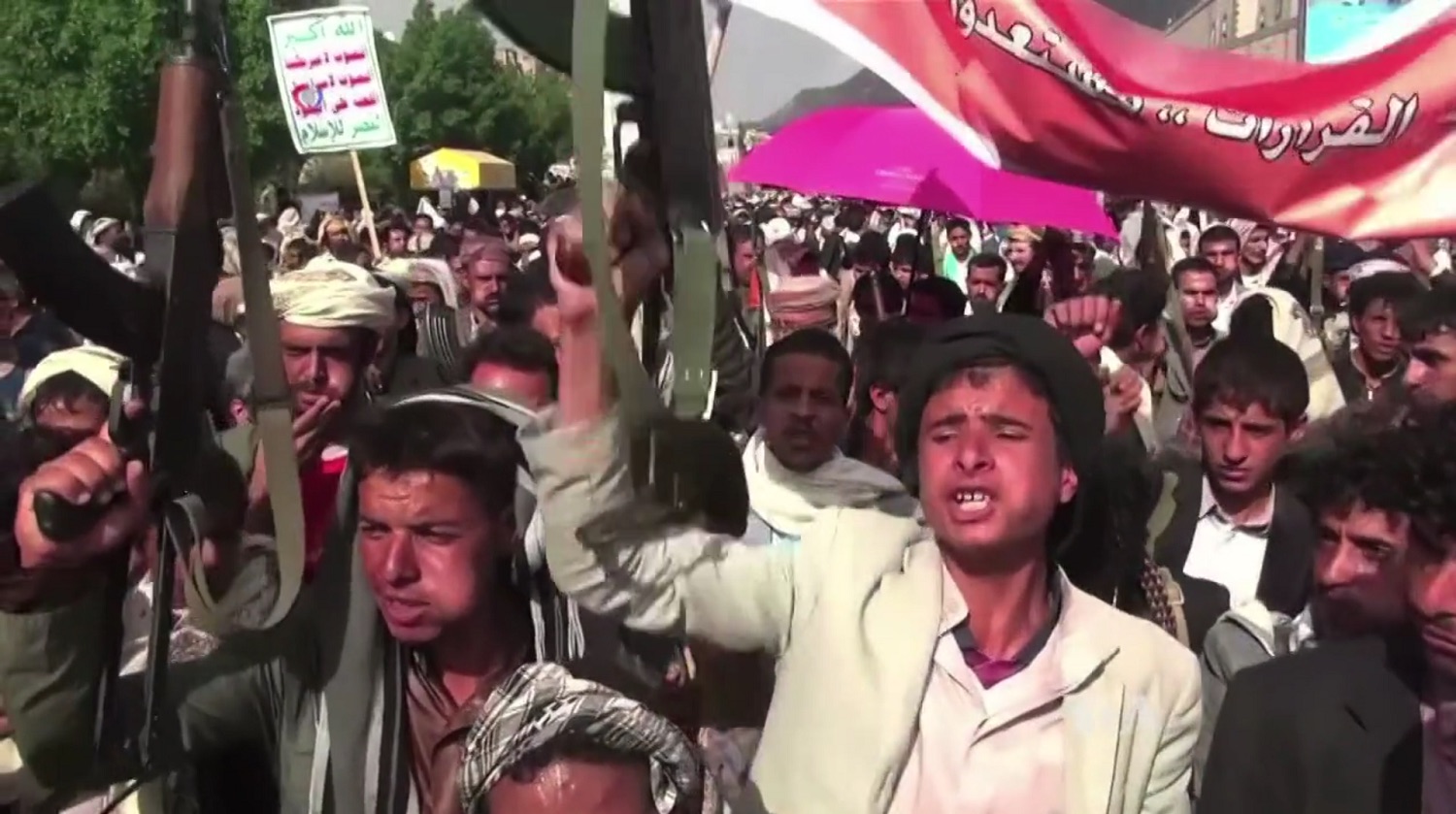Houthi forces have used a combination of conventional weaponry and unconventional, ad-hoc strategies to fight the Republic of Yemen Government (ROYG) and its Arab-led Coalition allies in the ongoing Yemeni civil war. Here, Navanti reviews two of the Houthis’ unorthodox methods for prosecuting the ongoing conflict.
Missile Modifications
The Houthis began externally modifying Soviet weaponry, such as Scud and SA-2 missiles, early on in the Yemen crisis by repainting the rockets, renaming them, and altering their fins. These modifications served two main purposes. First, they allowed the Houthis to deploy the weapons outside of their usual purposes in order to better fit military objectives. E.g., the S-24, a Russian-made rocket designed to be fired from aircraft, was changed into the Zilzal 2, which has the capability to be fired from ground launchers—an important difference once the Arab-led Coalition came to control Yemen’s airspace. Secondly, these modifications served as propaganda tools to convince domestic audiences, and Houthi enemies abroad that the movement possessed advanced military technology.

Houthi forces protest Arab-led Coalition airstrikes. Source: Wikimedia Commons
Houthis have repeatedly used their cache of modified missiles to attack targets inside Saudi Arabia. Strikes have hit cities and towns close to the border such as Jizan and Assir, but also targets hundreds of miles into the Saudi interior, like the capital city Riyadh. This strongly suggests Iranian involvement in the Houthi missile program, because the Yemeni government did not have missiles with the range to strike Riyadh before the conflict. In turn, these missile strikes signal to countries in conflict with Iran, particularly Saudi Arabia and Israel, and the United States with its 2,000 troops in Syria, that Iran can strike locations across the region using its missile arsenal.
An additional war-time advancement in Houthi missile technology is the use of drones to increase accuracy, by scoping out a target beforehand with unmanned aerial vehicles. Alternatively, after firing a mortar, Houthis will use a drone to see where it lands and then adjust targeting accordingly.
Ad-hoc Unmanned Vehicles
Violent extremist organizations around the world have taken advantage of the proliferation of commercial and military drones to advance their aims on the battlefield, and the Houthis are no exception.
In addition to increasing the accuracy of targeted missile strikes as detailed above, the Houthis have pioneered the use of “suicide” or “kamikaze” drones to circumvent the Arab-led Coalition Patriot missile defense systems. The VEO will pilot a drone laden with explosives into the radar component of a Patriot system, disabling it and then following up with a rocket barrage on the now unprotected target.
Some Houthi drones feature primitive materials like electrical tape and AA batteries, suggesting that they are constructed or modified locally. The Houthi movement promotes this narrative of locally-made drones in order to further perceptions of their military prowess. Other drones appear to be Iranian in origin.
Perhaps the most innovative use of Houthi drone technology has been in so-called “suicide boat” attacks. In January 2017, the Houthis maneuvered a remotely-piloted, explosives-laden boat into a Saudi frigate in the Red Sea. The sophistication of the weapon suggests Iranian involvement in its production or development.
As the Yemen conflict drags on the Houthis have deployed increasingly advanced weapons systems including modified missiles and unmanned aerial and naval vehicles. Time will tell what further military developments the violent extremist organization will showcase as it continues to do battle with ROYG forces and the Arab-led Coalition.

